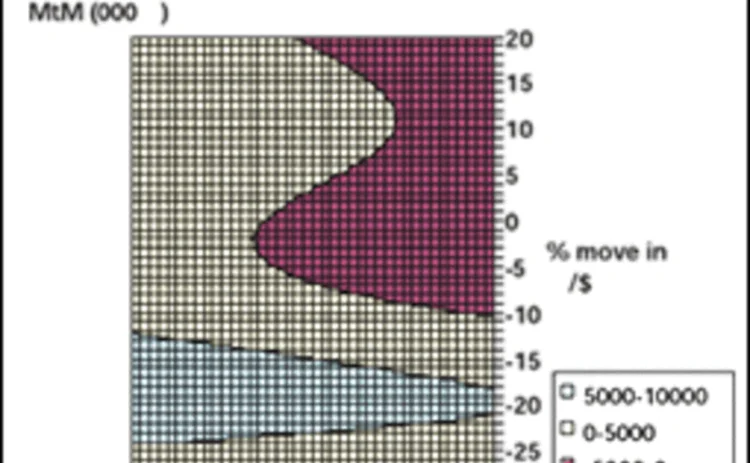
Linear, yet attractive, Contour
Banks’ Potential Future Exposure models are at the core of the advanced EAD (Exposure At Default) approach to capital requirements for credit risk considered in the New Basel Capital Accord. Juan Cárdenas , Emmanuel Fruchard and Jean-François Picron look at a method to quickly and accurately estimate Potential Future Exposure on portfolios of OTC derivatives dealt with a single counterparty with whom netting applies.

However netting progressively applied in most countries where this trading takes place, and the complexity of the
Only users who have a paid subscription or are part of a corporate subscription are able to print or copy content.
To access these options, along with all other subscription benefits, please contact info@risk.net or view our subscription options here: http://subscriptions.risk.net/subscribe
You are currently unable to print this content. Please contact info@risk.net to find out more.
You are currently unable to copy this content. Please contact info@risk.net to find out more.
Copyright Infopro Digital Limited. All rights reserved.
As outlined in our terms and conditions, https://www.infopro-digital.com/terms-and-conditions/subscriptions/ (point 2.4), printing is limited to a single copy.
If you would like to purchase additional rights please email info@risk.net
Copyright Infopro Digital Limited. All rights reserved.
You may share this content using our article tools. As outlined in our terms and conditions, https://www.infopro-digital.com/terms-and-conditions/subscriptions/ (clause 2.4), an Authorised User may only make one copy of the materials for their own personal use. You must also comply with the restrictions in clause 2.5.
If you would like to purchase additional rights please email info@risk.net
More on Markets
Hedge funds take profit on vol trades with Trump win
FX volatility drops sharply as positions unwind; rates market sees mixed reaction
Shanghai Clearing House urged to take bond collateral for FX trades
Dealers complain that feeble interest rate paid on cash margin raises cost of clearing
BofA’s e-FX rebuild pulls it closer to rivals
Deploying its equities tech stack, bank seeks to get ahead of the pack with its algo and e-FX offerings
Corporates look to tackle unhedgeable inflation indexes
As inflation risks mount for corporates, some are finding their exposures are linked to niche indexes
Talking Heads 2024: All eyes on US equities
How the tech-driven S&P 500 surge has impacted thinking at five market participants
Hedge funds pile into short volatility QIS options
New twist on capturing vol premium remains popular despite mixed performance in August vol spike
Exotic FX derivatives bets in play as US election vol jumps
Forward volatility agreements see profits for funds; new trades include vol knockouts
CGB steepener trade gains traction amid PBoC actions
Stimulus measures and warnings on long-dated yields have seen basis more than double since March







